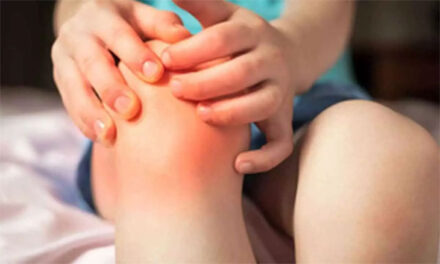Sweating is a natural and essential process that helps regulate body temperature, acting like an internal air conditioner. But for some people, sweating can feel excessive—disrupting their daily lives and causing discomfort or embarrassment. If you feel like you’re sweating more than usual, here’s what you need to know and how to manage it.
Why Do We Sweat?
Sweating happens when our body’s core temperature rises, triggering sweat glands to release a watery fluid. As the fluid evaporates, it cools the body. Factors like age, sex, and activity levels influence how much a person sweats, with the average person producing about 300 milliliters per hour in a warm, humid environment.
However, some individuals experience excessive sweating, known as hyperhidrosis. This condition can stem from underlying issues such as an overactive thyroid or menopause, or it may have no clear cause. For those with primary hyperhidrosis, triggers like stress, heat, exercise, or spicy foods can lead to overproduction of sweat.
If sweating interferes with your daily life—causing wardrobe changes, skipped social events, or professional discomfort—it’s worth exploring solutions.
7 Ways to Manage Excessive Sweating
- Use Antiperspirants
Antiperspirants with aluminum compounds are the first line of defense. Unlike deodorants that mask odor, antiperspirants block sweat ducts, reducing moisture. Stronger formulations with up to 25% aluminum may work better but could irritate sensitive skin. - Stay Cool
Simple strategies like wearing loose, breathable fabrics (like cotton), avoiding hot showers, and using fans can help reduce sweating. For exercise, opt for cool environments or use tools like ice bandanas or wet towels to keep your body temperature down. - Consider Medication
Some medications can regulate sweat production, though they may come with side effects like dry mouth or stomach issues. Consult your doctor to determine the right option for you. - Try Botulinum Toxin Injections
Commonly known for cosmetic uses, botulinum toxin injections can block nerve signals to sweat glands, reducing sweating for months. These treatments, often used for armpits, may be costly but are effective. - Explore Iontophoresis
This non-invasive technique uses a mild electrical current passed through water to control sweating in hands, feet, and armpits. Although its mechanism isn’t fully understood, it offers a drug-free alternative. - Look Into Surgical Options
For severe cases, surgery to cut nerves controlling sweat production can be effective. However, it may lead to increased sweating in other areas. - Microwave Therapy
A newer, though less common, option involves using microwave energy to destroy sweat glands permanently. This method is painful and available privately in limited locations.
When to See a Doctor
If excessive sweating is affecting your quality of life, consult a healthcare professional. A dermatologist can help identify the cause and recommend the most suitable treatments.
While sweating is a natural process, no one should feel trapped by it. With the right strategies and medical guidance, it’s possible to manage and reduce excessive sweating effectively.











